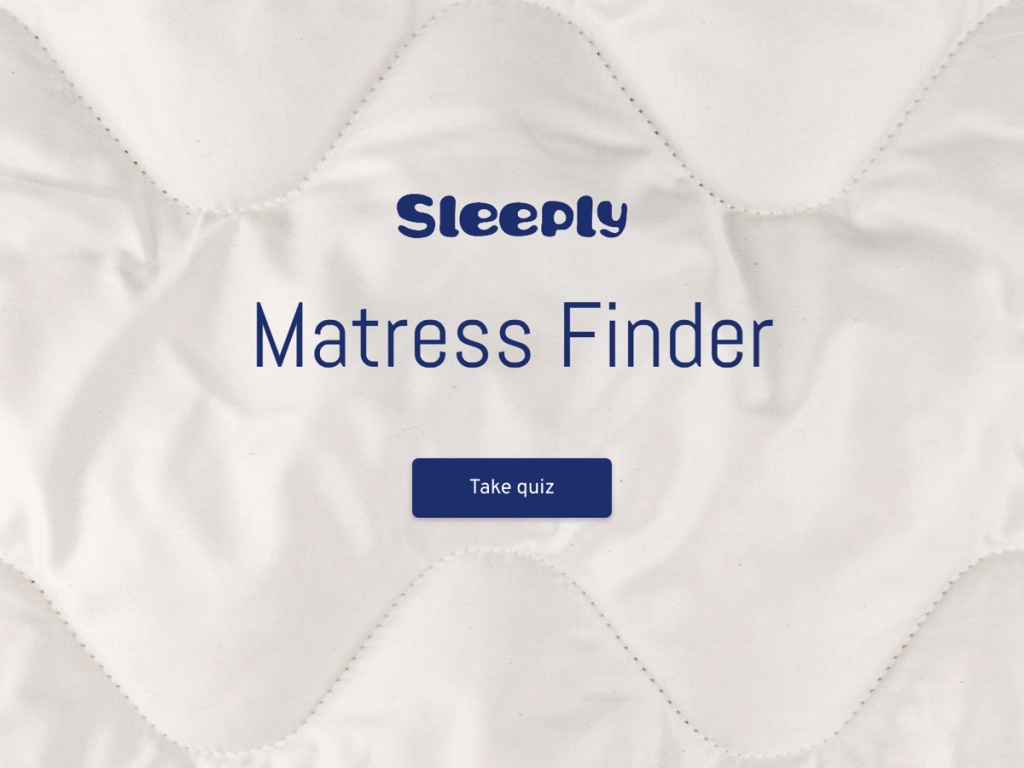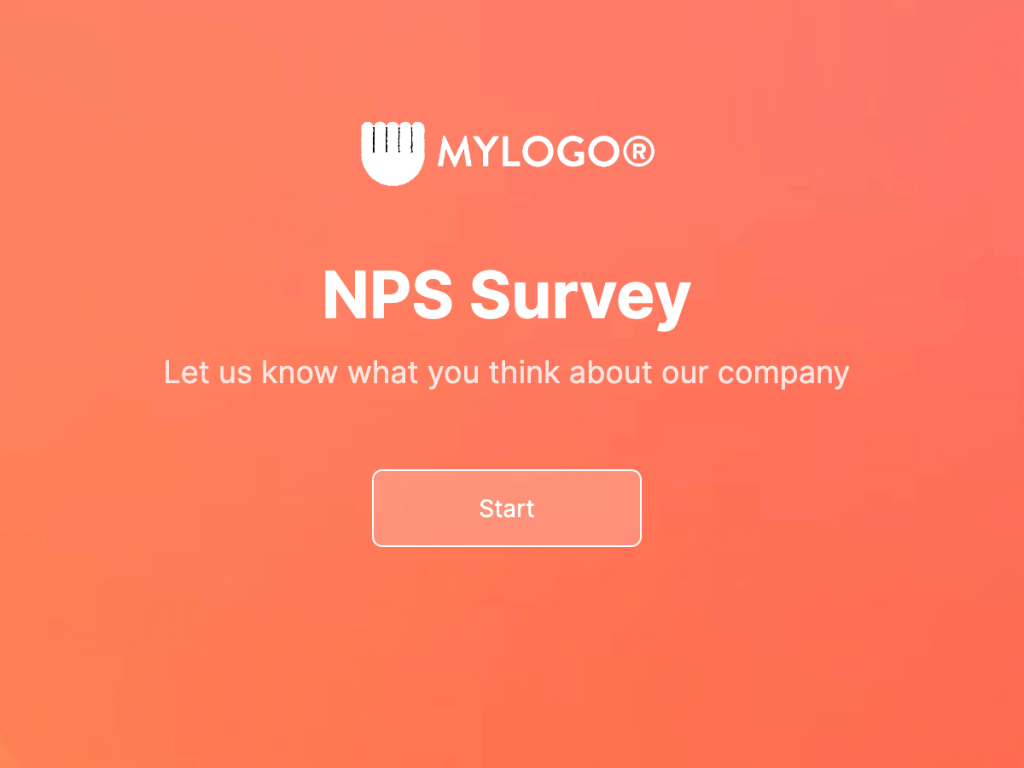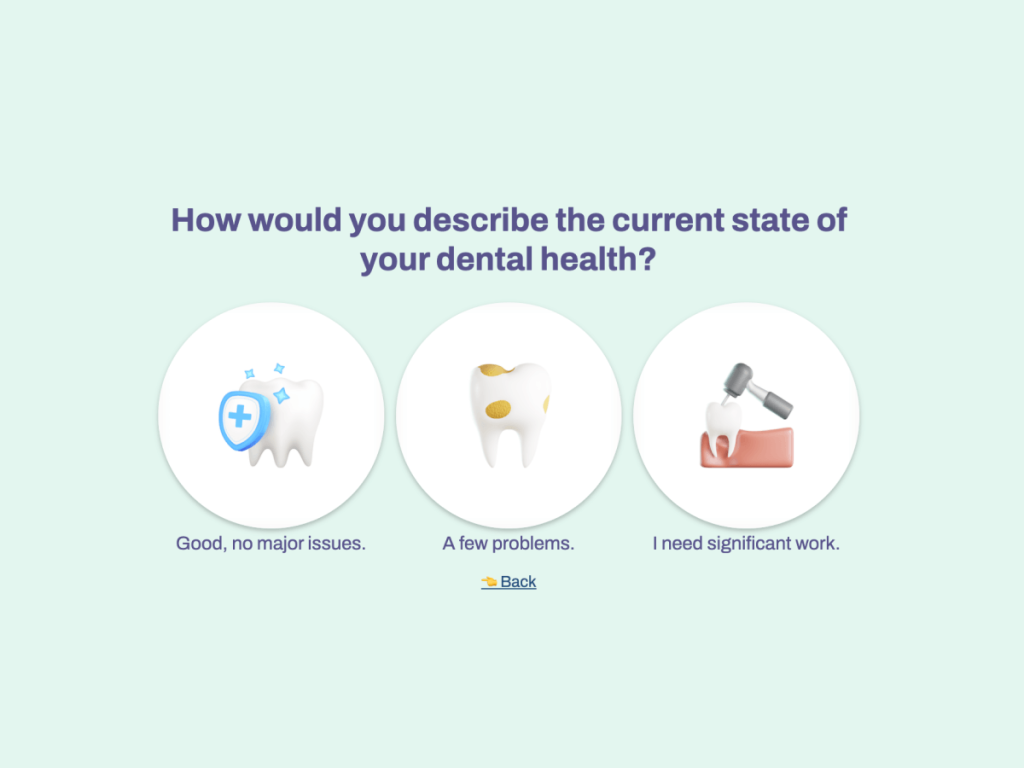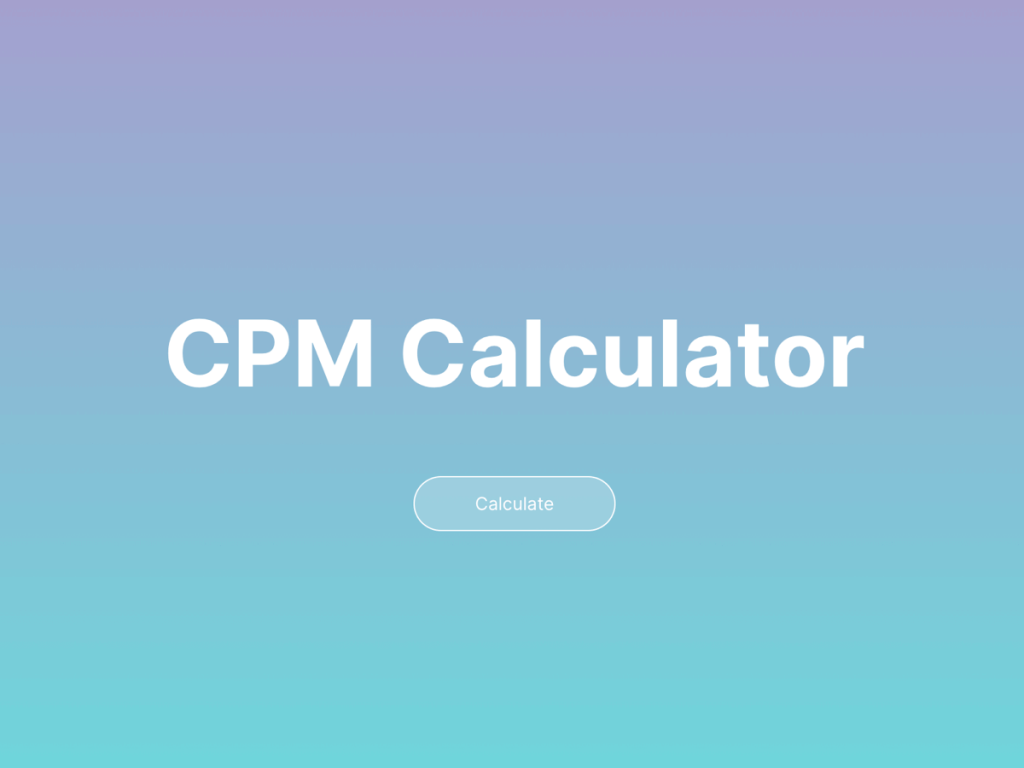So, you’ve set up a store online, and you’ve gathered a fantastic selection of products. You’re well on your way to pulling in customers and earning cash. But first, you’ve got a job to do. Just because you know your products are great, doesn’t mean that your customers do. It’s your job to convince them that you have what they need.
In other words, you need the perfect product description. But what does “product description” refer to, exactly, and how can you get it right? We’ll explore that, and more, below.
What Does “Product Description” Mean?
As the name suggests, this is a type of descriptive text that provides information about a product. Usually between 200-400 words long, product descriptions are intended to be like a manual. They won’t tell you everything there is to know about an item, but will highlight some of its key aspects.
If you’ve ever shopped online, it’s something you’ll definitely have encountered, as it’s a tool used by pretty much every successful online store.
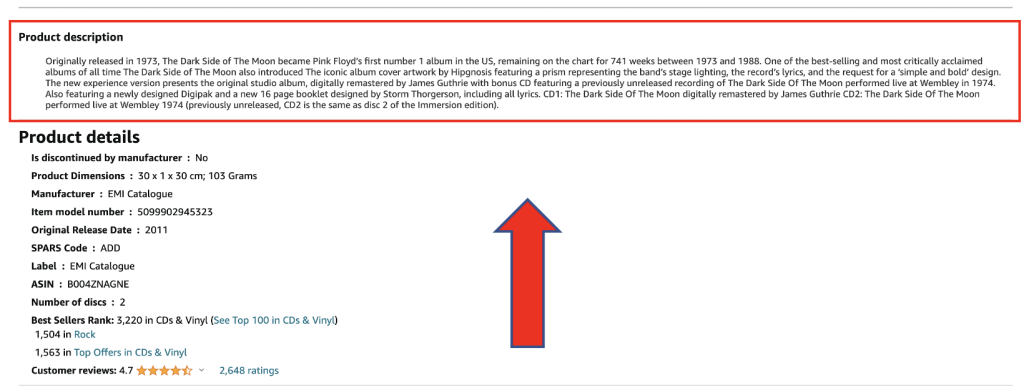
Amazon products
The image above shows a product description for an item on Amazon. The design and positioning of a description will change from site to site. The description will usually, however, be shown alongside reviews and other product details.
Unfortunately, product descriptions often become an afterthought. Businesses are more concerned about other aspects of eCommerce. A tech firm, for example, might be more interested in purchasing a .io domain name, while a home decor store might focus on sleek website design.
This can become problematic, because if you want to succeed in eCommerce you need strong product descriptions.
Why Is a Product Description Important?
To understand the importance of product descriptions, you need to put yourself in the buyer’s shoes. When you first look at a product online, you’ll probably focus on the image and name. These are what draw you in and make you want to learn more. But once you're on the product page, you need additional information before clicking ‘add to basket’.
This is when the product description comes into play. The right description can help seal the deal and ensure a sale. The wrong description, on the other hand, can switch a customer off and send them elsewhere.
If you’re unconvinced, you only need to look at the numbers. According to a survey by Google, 85% of buyers say product information is important to them when deciding which brand or retailer to buy from.
Of course, there are other important factors. The inclusion of great customer feedback and sensible pricing helps. But the product description is the key to helping a customer decide whether a product is truly for them.
Product Description Best Practices
Let’s look at some ways you can write product descriptions that win over customers.
Pinpoint Your Audience
There are many benefits to knowing your audience inside and out. If you know your audience is largely from Hong Kong, for example, you might purchase a .hk Only Domains. Similarly, the demographic of your audience will impact the kinds of products you offer.
If you have lengthy product descriptions and complex products, it's recommended to address this by creating a personality quiz for your audience.
Personality quizzes can help by tailoring recommendations based on a person's preferences and needs. For example, a personality quiz could determine whether a customer values power, efficiency, or style more and then suggest a complex product (like a high-performance car) that matches those preferences.
You can create your own personality quiz/ product finder using a pre-designed template:
Create Personality Quiz For Your Website
Start with a template code-free
Glasses Recommendation Funnel Template
B2B Product Finder Template
Home Insurance Finder Quiz Template
What Mattress Is Best For You? Template
Let's take a look at two product descriptions for different audiences:
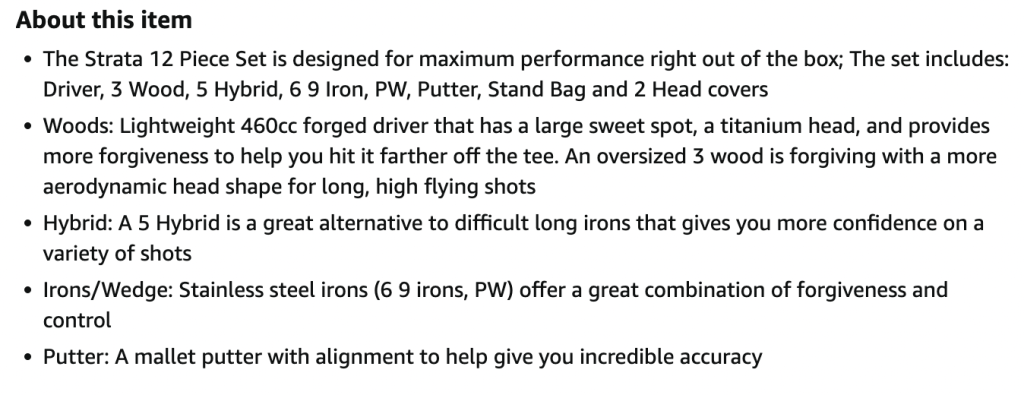
This is a description of a set of golf clubs. It’s written to appeal to an older audience and contains specialized language. It could be described as ‘straight and to the point’.
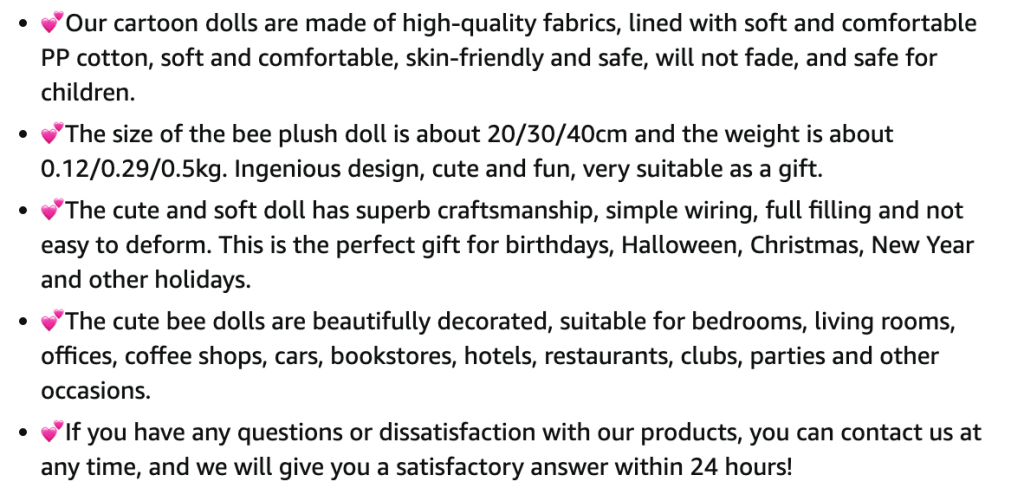
The second description is for a plushy and is aimed at parents of children. You can see the contrast immediately. The description contains emojis and uses softer language.
Both descriptions suit their intended audience. But how can you go about identifying your audience? A good place to start is by building a ‘buyer persona’. This imagines what your average customer looks like.
When building your buyer persona, try to consider the following areas:
Research: Have a deep dive into your audience. What are their age, interests, motivations, and pain points? Market research is great, but the right analytics tools can help you go a step further. Consider using an advanced tracking tool like Google Analytics.
Make it a team effort: Your team also needs a strong understanding of your audience. Involve them in the persona-building process.
Spot pain points: Displaying the solutions to customers’ problems is a key part of writing product descriptions.
List Key Information
It can be tempting to take a sparse approach to your product description. After all, people get bored if your description goes on for too long.
While it's a good idea to stay concise with your descriptions, you don’t want to miss out on any key information. For instance, including a list of materials and ingredients in your description seems essential. As many as 50% of people shopping for beauty products would dismiss a product if the description didn’t include ingredients.
Similarly, customers want to know the benefits of buying your product. Make sure you don’t skimp on listing any of the key advantages of investing in an item. Using a bullet point format is a good way of listing benefits, and helps make information more digestible.
Always Proofread
Typos are a surefire way of losing customers. You want to be sending a message that your products are well-made and reliable. Instead, you’re signaling that your approach is slap-dash and your products won’t last long. Not only that, but poorly written content can damage your SERP ranking (we’ll talk more about this later).
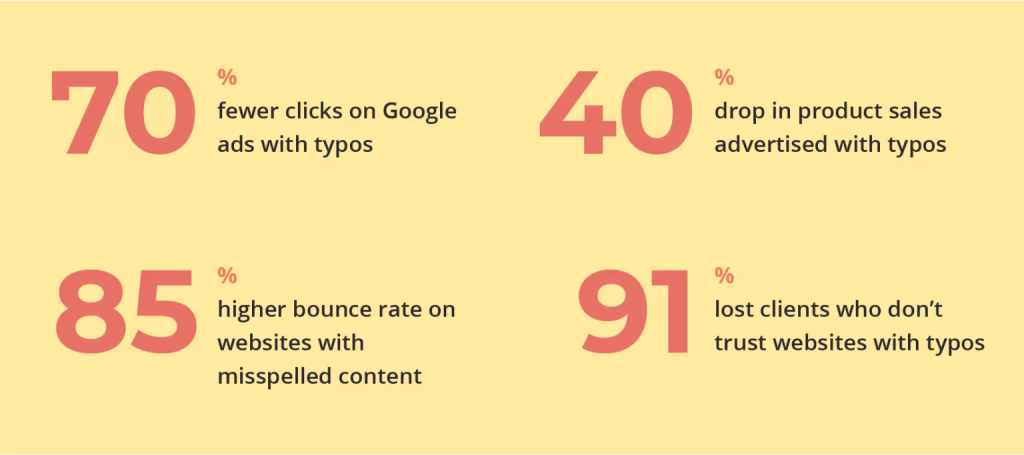
It’s always best to correct typos before your product goes live. Even if you are in a hurry, always take time to proofread your copy. No matter how many times you read your own writing, you might not always spot spelling or grammar issues. That’s why it’s also important to have team members look over your description before posting it.
Additionally, it’s a good idea to use a spell-checking service like Grammarly. Even the best editors can miss issues, but the right tool helps to minimize risk.
Optimize Your Copy
Keywords are an essential part of content optimization for product descriptions. These are common search terms used online. For example, people might search for ‘best air fryers’. To find the best keywords for your product, you’ll need to carry out keyword research. This might involve any of the following tactics.
Use the right tools: Keyword research tools can provide a list of relevant keywords for description. Examples of tools include SEMrush and Moz Keyword Explorer.
Avoid keyword stuffing: While keywords are important, don’t use too many. Search engines like Google penalize pages that use too many keywords.
Look at competitors: Competitors will likely target similar keywords to you. It’s worth checking their product descriptions and seeing which keywords they use.
Avoid Easy Cheats
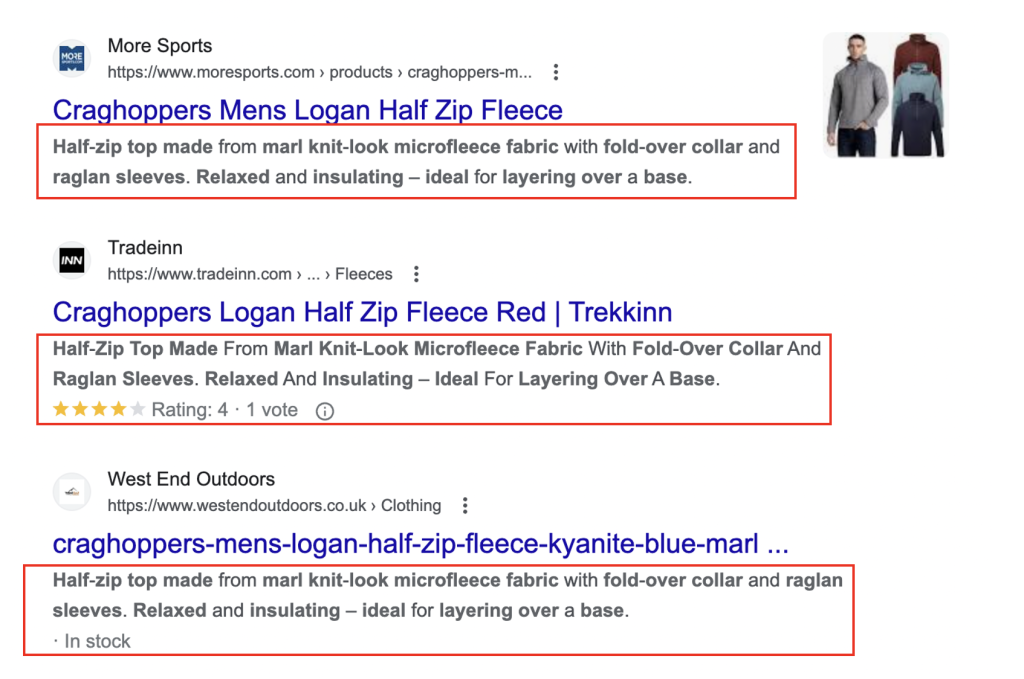
An easy cheat is to use product descriptions that are provided by manufacturers. But remember, the goal of your product description is to excite the audience. You won’t do that by churning out the same copy as everyone else.
Secondly, duplicate content won’t do much to help your SERP standing. Lots of other online stores will be using manufacturer descriptions. If you’re not careful, you’ll be lost in a sea of vendors.
Of course, there’s no harm in using the manufacturer's description as a starting point. Manufacturers will know their products better than anyone. Still, it’s important you try to add your own spin to the copy.
Focus on Providing Solutions
Earlier, we mentioned point points – customer issues that you’re looking to resolve. Make sure you address these pain points in your copy directly.
For example, while you might be selling hand cream, your description should be about relieving dry skin. Ultimately, the name of the product is secondary. A user buys the product because of what it can do for them.
Try to treat the description like a story. Begin with an introduction where you talk about the problem. In the middle section, introduce your product and some of its best features. Conclude by reflecting on how the product can improve the customer’s life.
Ready to Supercharge Your Product Descriptions?
When running an eCommerce store, it's very easy to get carried away. You’ll want to find the most attractive products for your customers and focus on finding the best images to present your items. While giving attention to all these areas is important, it's very easy to forget about product descriptions.
Hopefully, this article will have answered the question ‘What is Product Description?’. With any luck, it will also have enforced why they’re such an important part of the sales funnel.
Now, take another look at your product descriptions. Are they up to scratch? If not, perhaps it's time to go back to the drawing board and have a go at implementing our tips to take your product description to the next level.




